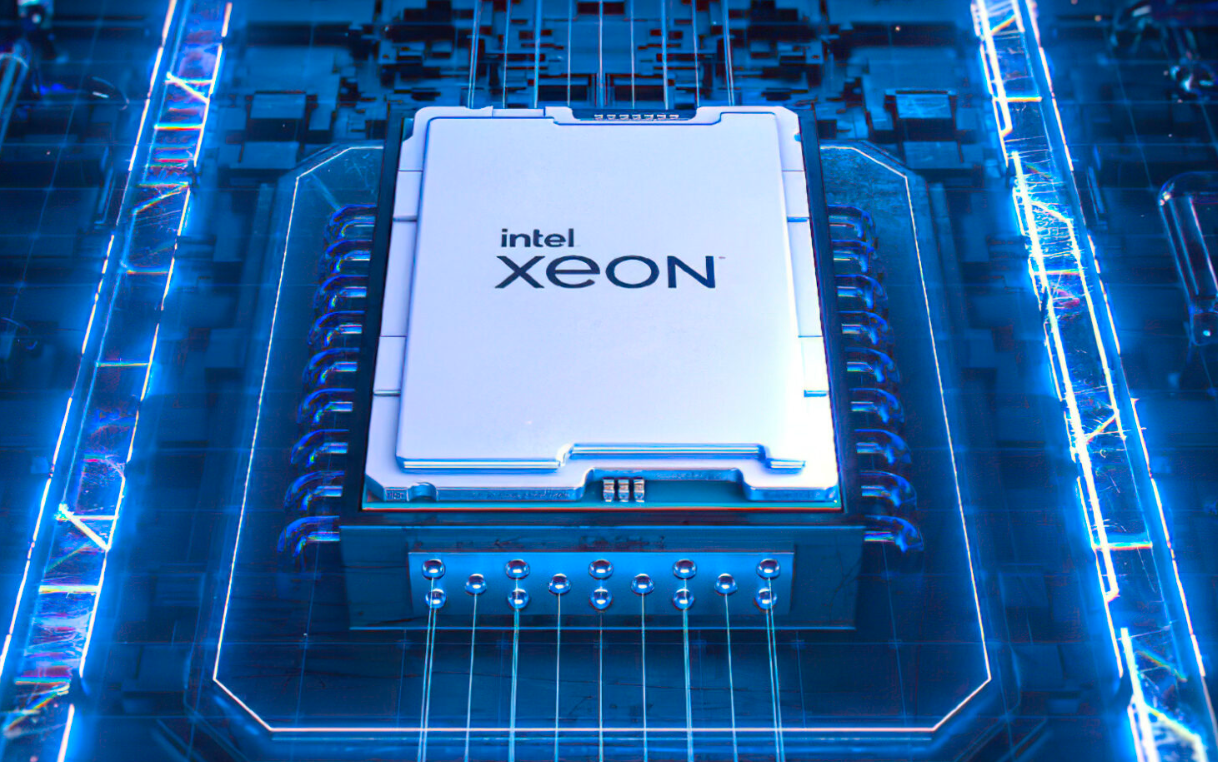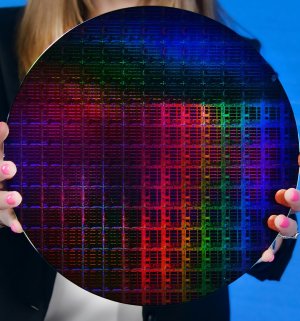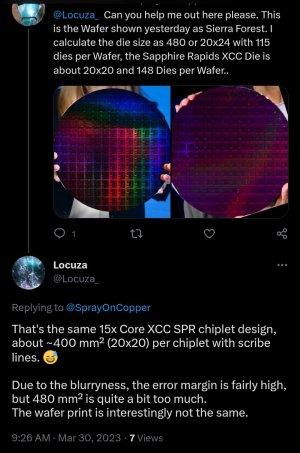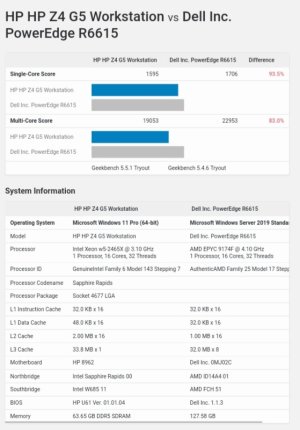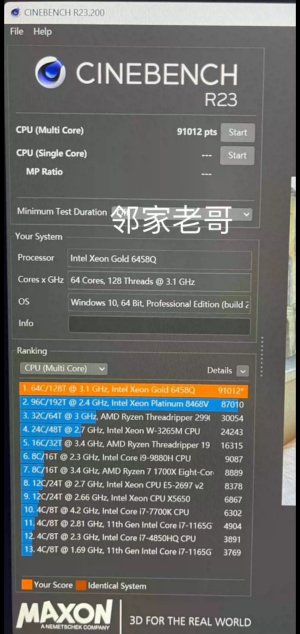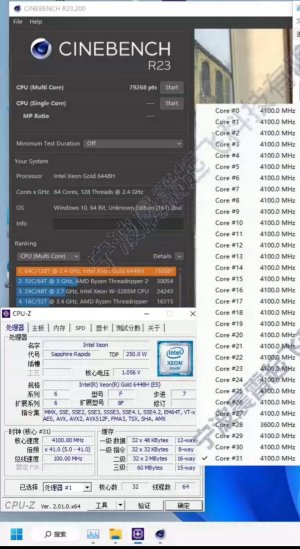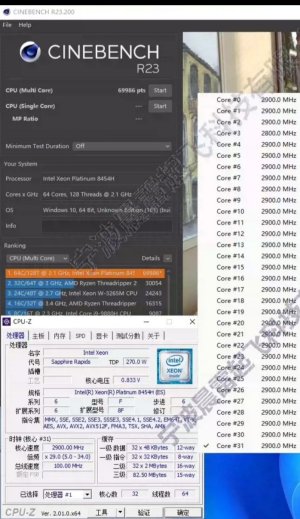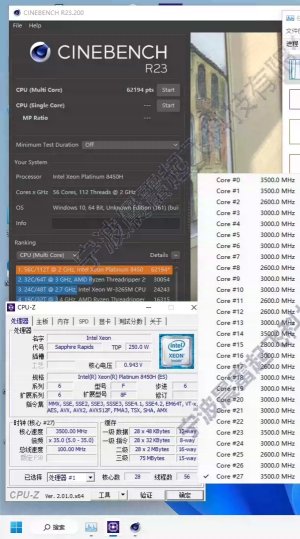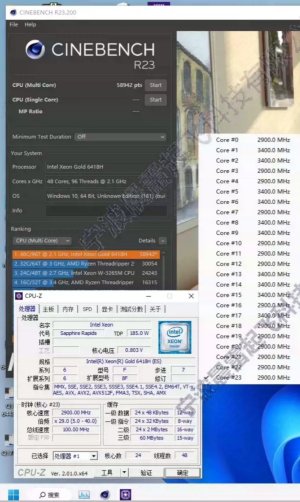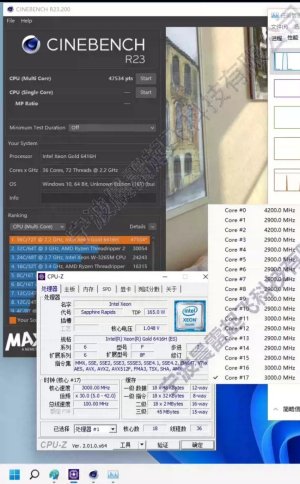Those numbers would put it at ~15% better INT IPC and ~90% of the FP IPC of GLC. Not bad, INT wise it would prob be comparable to RWC+ and might even be not far off from LNC lmao. I think that guess is a bit optimistic though.I think that reference probably predated Crestmont's addition to the roadmap. But let's say Crestmont is smaller, maybe around 10%, and then a big 20% jump with Skymont in 2024, and then a tick Darkmont(?) for 10% in 2025...
Even if those numbers wind up being off, which they probably will, it's quite plausible that Intel will have a RWC-class IPC Atom core in 2025. Add in a full node advantage, and I could totally see it being an upgrade over even GNR at a server operating point. And if DMR isn't coming till 2026, it better have more than just Lion Cove. That won't be competitive if released midway between Zen 6 and 7.
ST might still be a sticking point for GNR. But I think there may be a point that CLF might be a complete upgrade over GNR.
LNC is on TSMC 3nm/Intel 20A. I would be surprised if at the very least we don't see a LNC+ in DMR, if not Panther Cove itself to match it's Intel 18A node and 2026 time frame.
I would suspect a early 2026 launch wouldn't put it in too bad of a timeframe vs Turin though. Turin I think could launch midway in 2024, so Zen 6 server would prob be near the tail end of 2025. Early 2026 would mean ~1H time frame.



